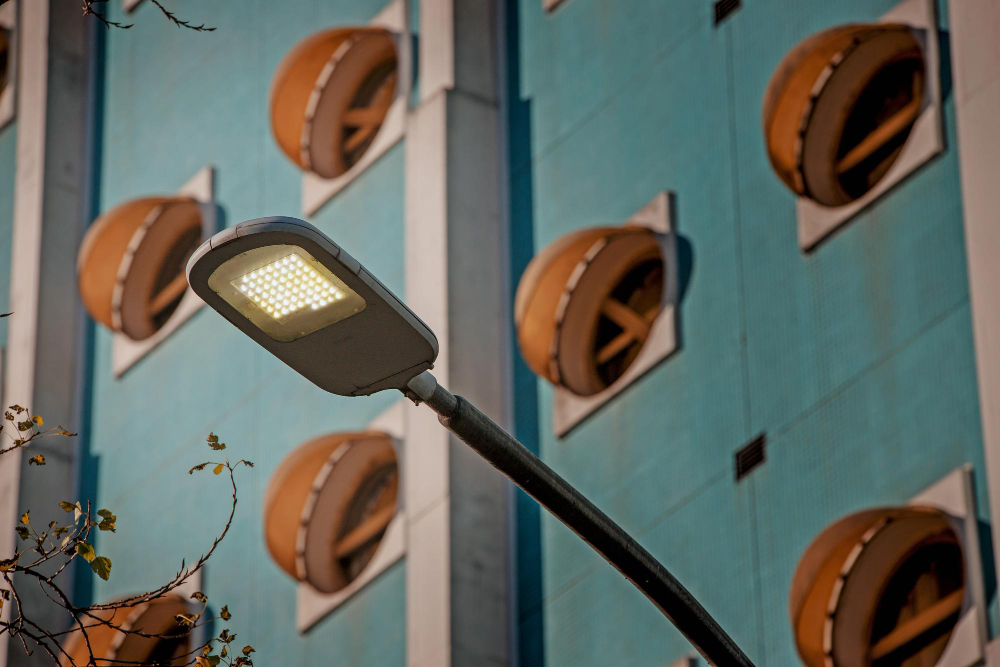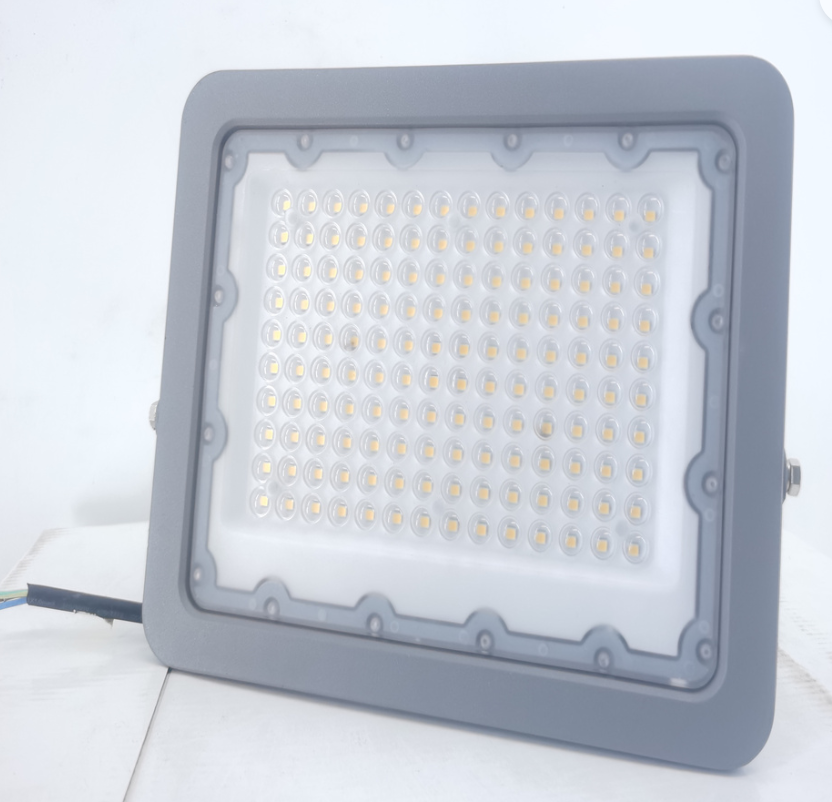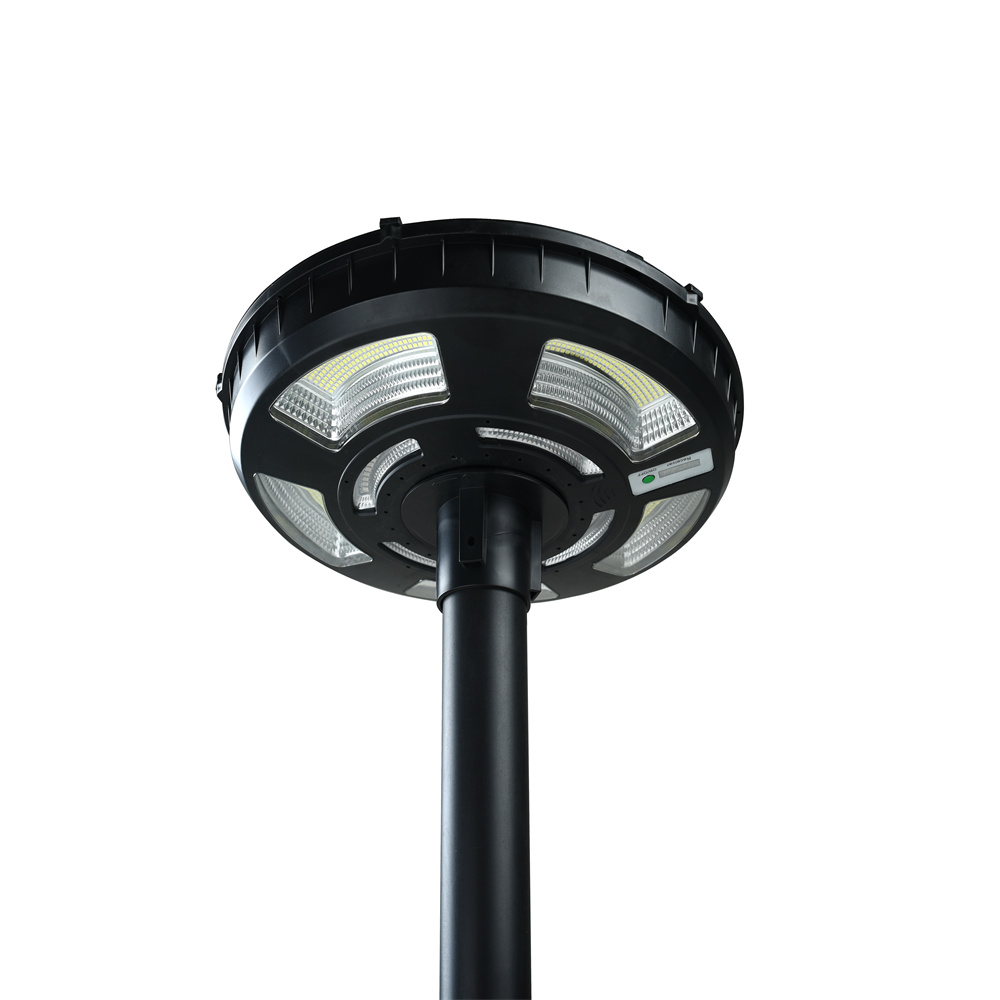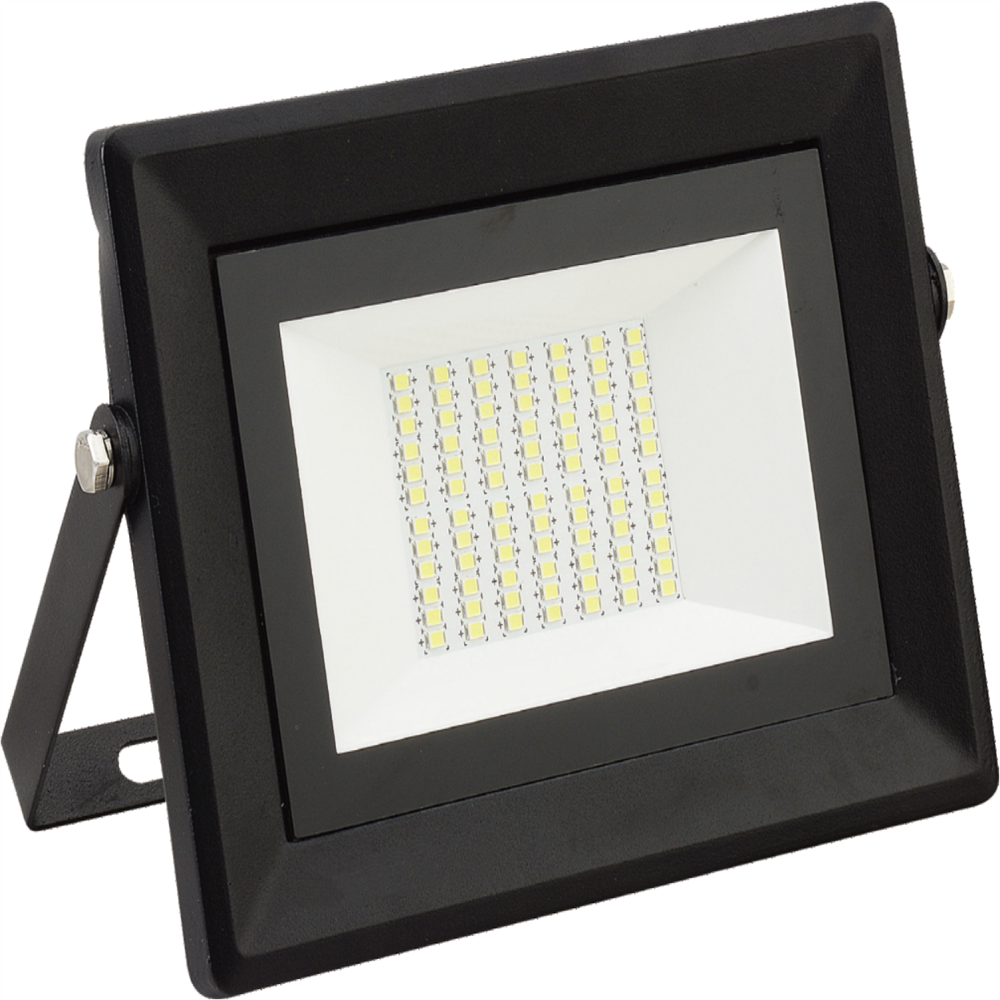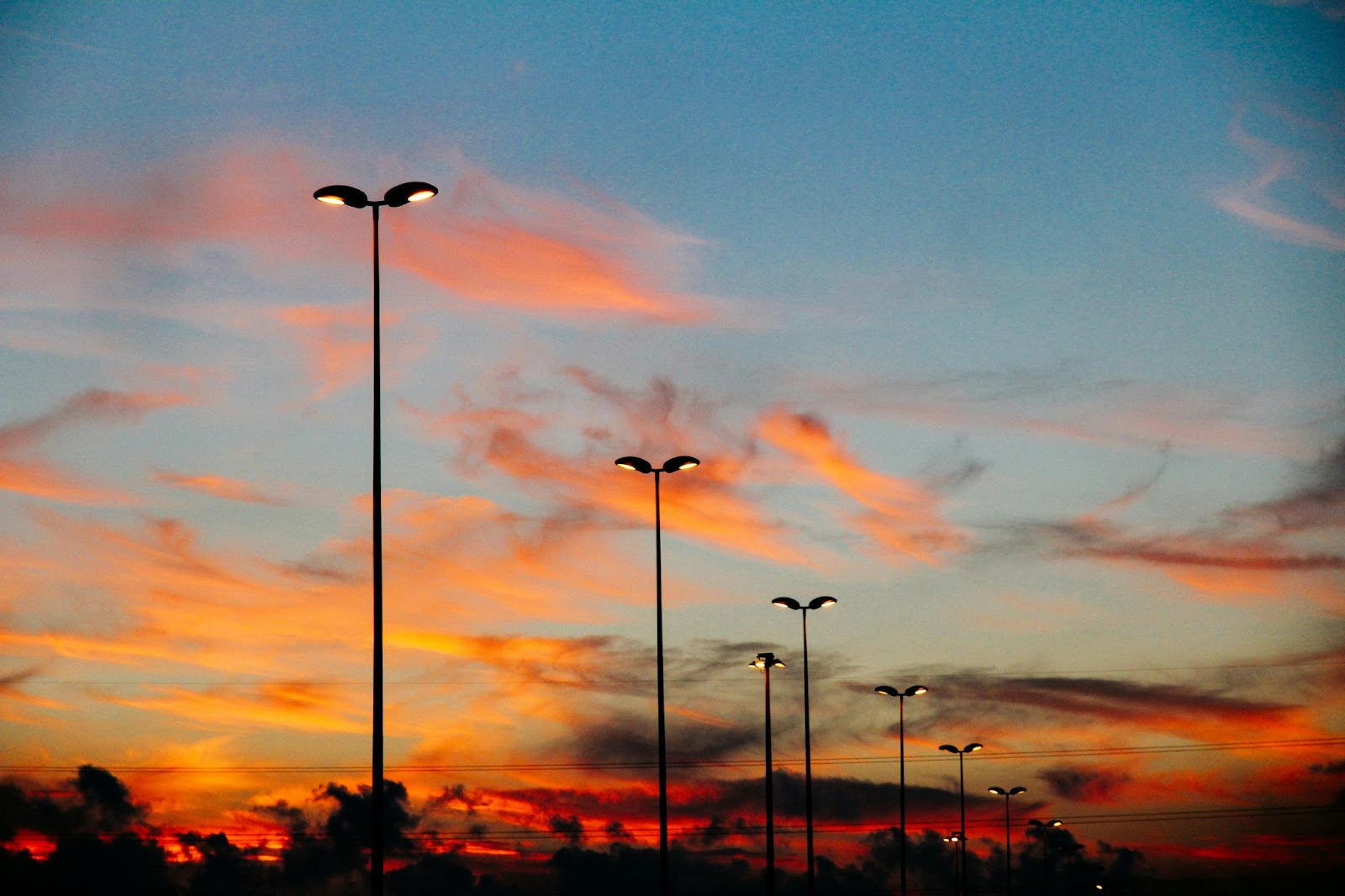Discover the six significant advantages of using an LED system for stadium lighting. From energy efficiency and enhanced visibility to durability, precision lighting control, and reduced light pollution, LED lights offer a winning solution for sports facilities.
When deciding on stadium lighting for your venue, you have a plethora of options, and the expertise of exterior lighting manufacturers can make a significant difference. Traditional lighting technologies like sodium-based and halogen-based lights have been the standard for many years. However, contemporary lighting solutions provided by exterior lighting manufacturers are gaining traction and offer numerous benefits.
The advantages of using an LED system for stadium lighting
- Energy Efficiency: One of the standout advantages of LED baseball court lighting is its exceptional energy efficiency.LED lights consume 75% less energy compared to traditional lighting sources like metal halide or high-pressure sodium lights. By using LED lights, baseball courts can illuminate the field brightly while conserving energy, making it a sustainable choice.
- Enhanced Visibility: LED lights provide superior visibility on the baseball field. They offer high-quality, bright, and uniform illumination, which is essential for players to track the ball’s trajectory and make precise plays. Spectators also benefit from improved visibility, allowing them to enjoy the game without straining their eyes. LED lighting ensures that every part of the field, from the pitcher’s mound to the outfield, is well-lit, contributing to a safer and more enjoyable baseball experience.
- Instant Lighting: LED baseball court lighting offers instant lighting without the warm-up time required by traditional light sources. Metal halide lights, for example, can take several minutes to reach their full brightness. LED lights, on the other hand, switch on instantly, providing instant illumination and eliminating any delay in starting or resuming a game. This instant lighting feature is a valuable asset for sports events with time constraints.
- Durability and Longevity: A significant benefit of LED lights is their remarkable longevity. A single LED light can outlast traditional bulbs by 25x, which not only saves you on replacement costs but also reduces the need for frequent maintenance. While transitioning to LED lighting might appear costly initially, the extended lifespan of LED systems, with some lasting over 25,000 hours, proves to be cost-effective in the long run.
- Precision Lighting Control: LED lighting systems offer advanced control options, allowing operators to adjust the lighting levels based on specific requirements. This precision lighting control is invaluable for baseball courts, as it enables the fine-tuning of light levels for practices, games, or special events. Lighting can be dimmed or brightened as needed, reducing energy consumption during non-game hours and ensuring that the field is perfectly lit during gameplay.
- Reduced Light Pollution: LED baseball court lighting can be engineered to minimize light spills and glare, thus reducing light pollution. This is especially important for facilities located in residential areas, as it helps maintain a harmonious coexistence with the community. By directing the light precisely where it’s needed, LED lights enhance visibility on the field while minimizing unnecessary light dispersion into surrounding areas.
From energy efficiency and enhanced visibility to durability, precision lighting control, and compliance with regulations, LED lights offer a winning solution for sports facilities. To make the most of these benefits, it’s crucial to choose the right exterior lighting manufacturers RRR Lighting can provide high-quality LED fixtures tailored to your baseball court’s unique requirements.





